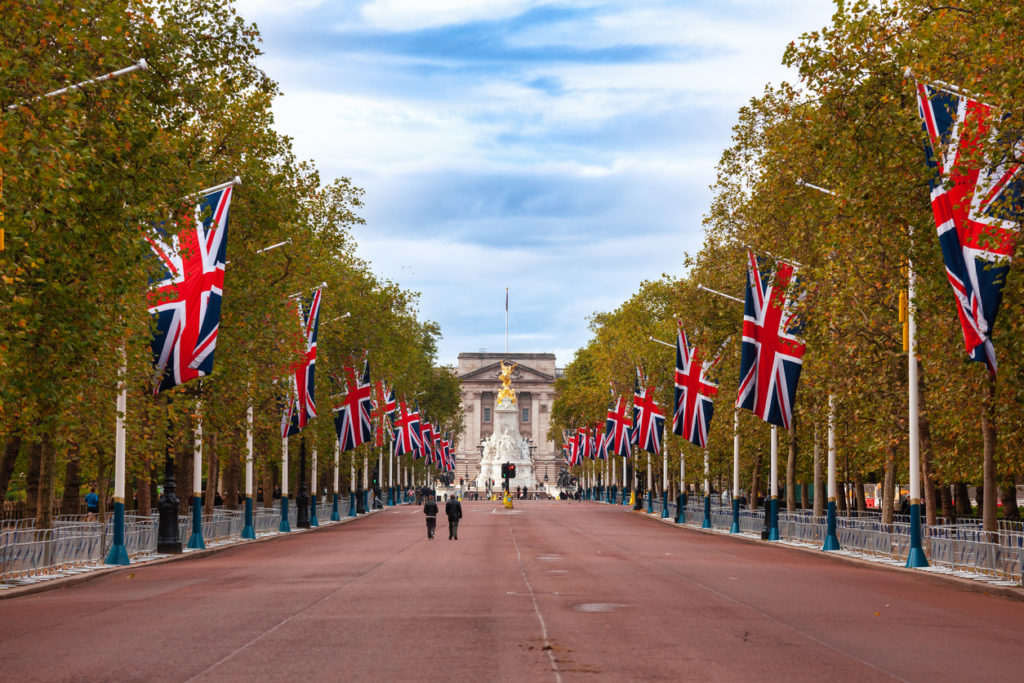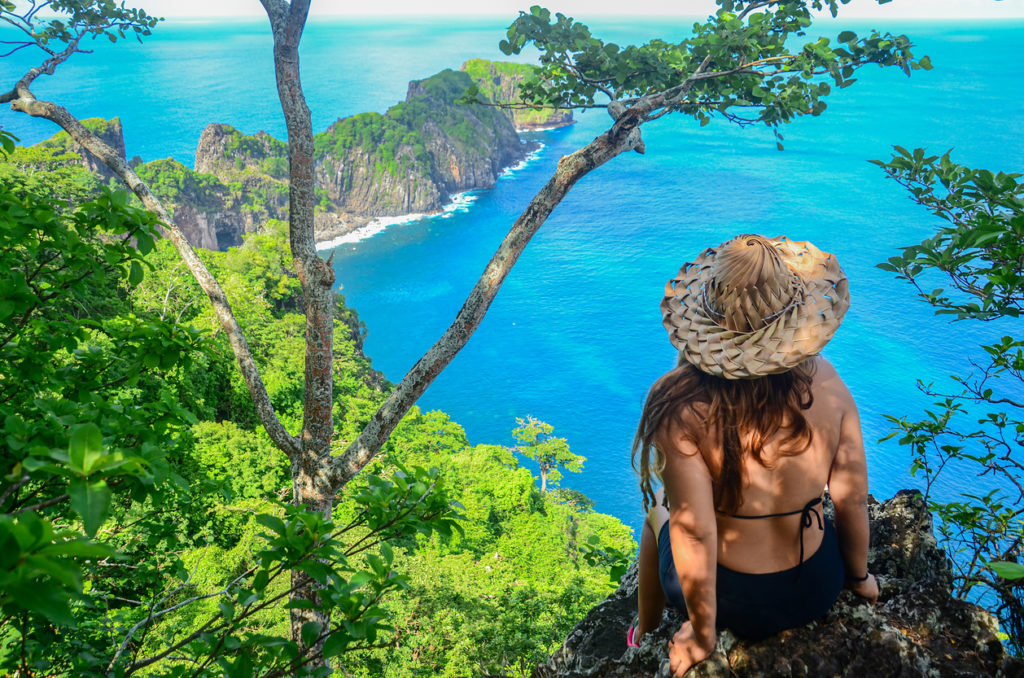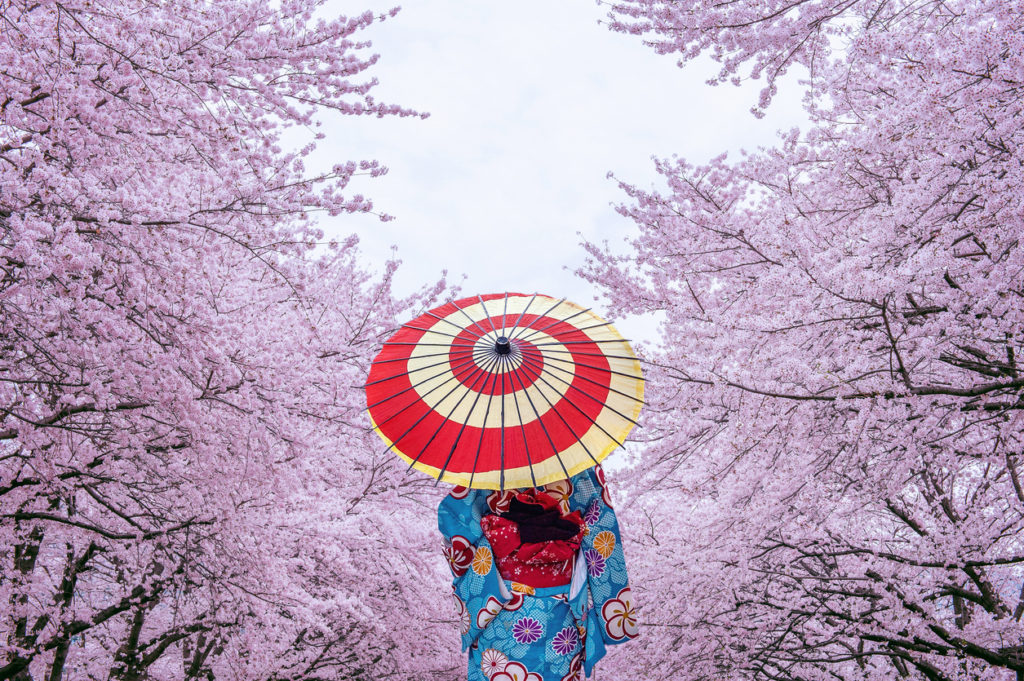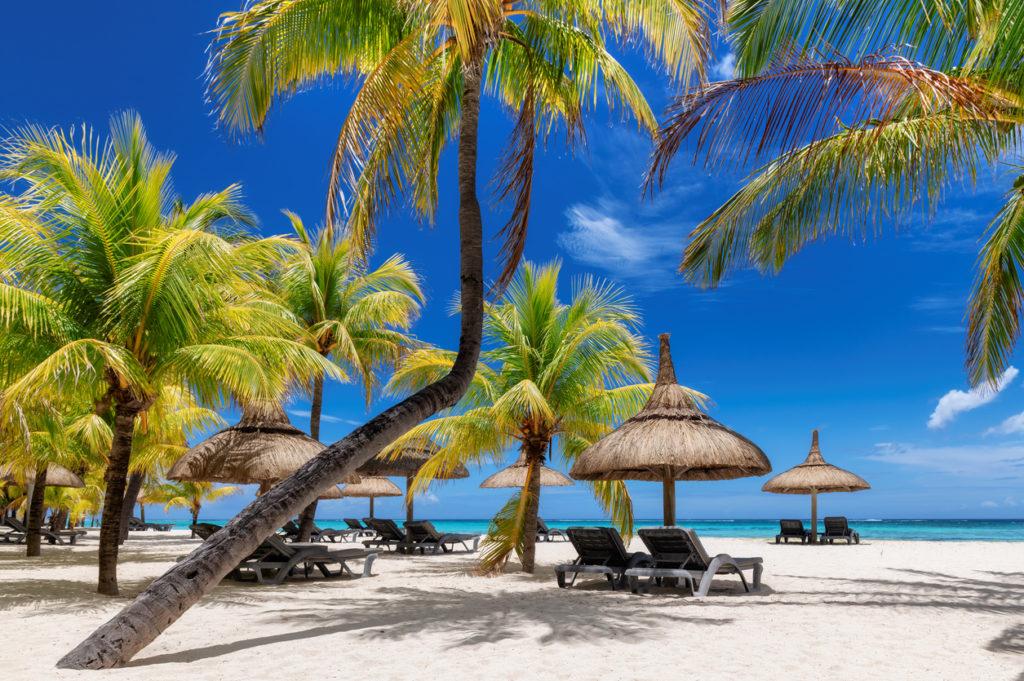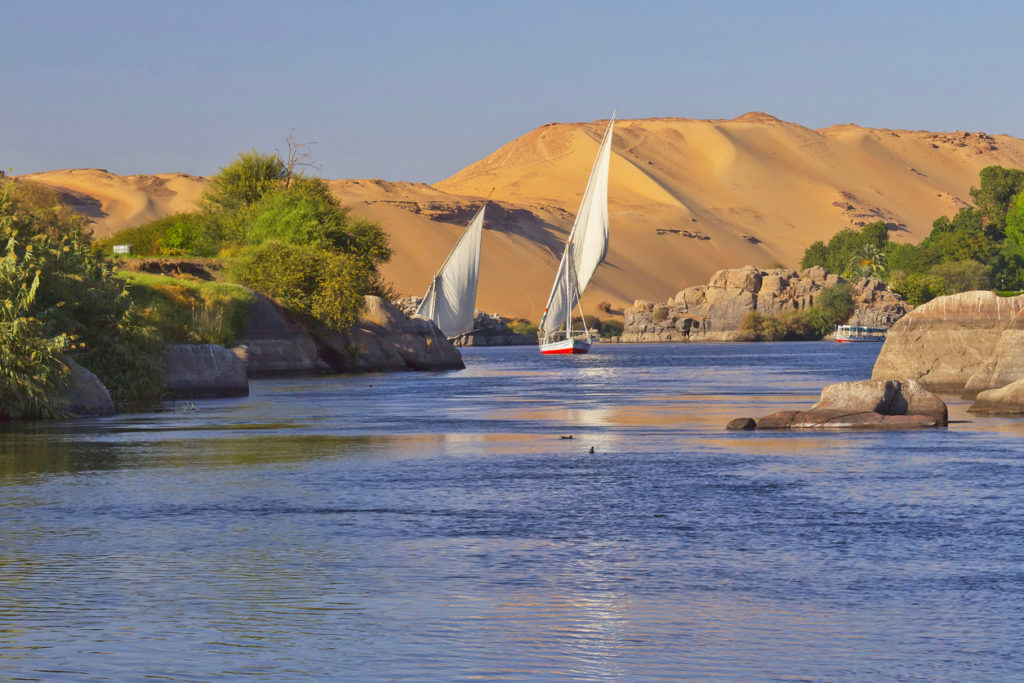
Come and explore the southern Nile valley. South of the majestic Luxor awaits a land less-travelled but as mysterious and beautiful as the rest of Egypt. While Cairo, Alexandria, and the pyramids are the most popular attractions in Egypt, the southern Nile Valley often remains undiscovered. However, this magnificent region framed by the Eastern Desert is home to wonderful attractions and grandiose structures. From fabulous Graeco-Roman temples to fertile fields surrounding pretty villages, the southern Nile Valley keeps travelers on their toes, fascinated and intrigued.
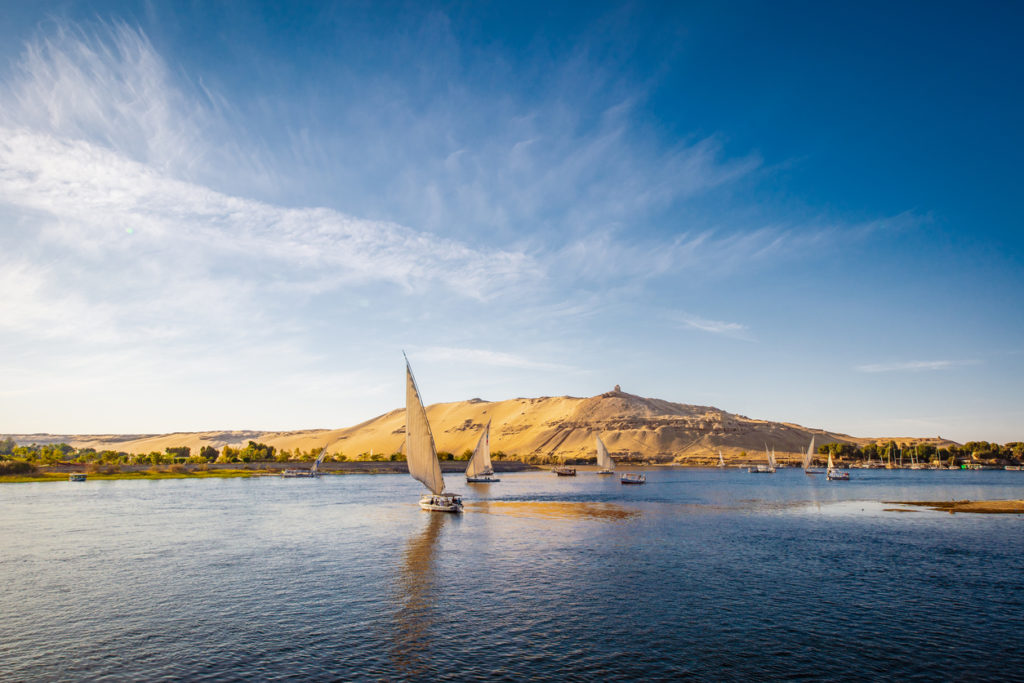
Tourists interested in discovering the treasures of the southern Nile Valley often choose as their base the city of Aswan. This welcoming city overflows with interesting attractions and lacks the hustle and bustle of Cairo. It’s a relaxing destination that combines the magic of ancient Egypt with a warm and relaxing ambiance. South of Aswan, the land is under the reign of Lake Nasser, one of the largest artificial lakes in the world. If you’re ready for your southern Nile Valley adventure, make sure you include these captivating attractions in your itinerary:
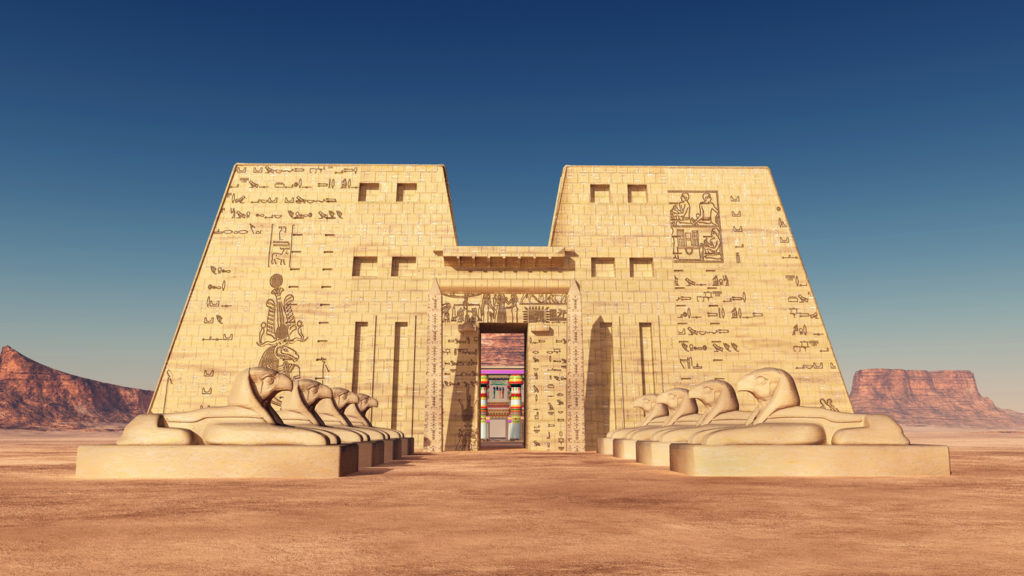
Temple of Horus, Edfu
The second-largest temple in Egypt, the Temple of Horus is situated in the city of Edfu. It is one of the most beautiful Egyptian temples. Built between 237 and 57 BC, this marvelous structure is dedicated to Horus, the son of Isis of Osiris. Extraordinarily well-preserved, due to the protective hands of the desert sand and rubble, this magnificent temple still has its roof intact and boasts superb traditional Egyptian architectural elements with Greek influences.
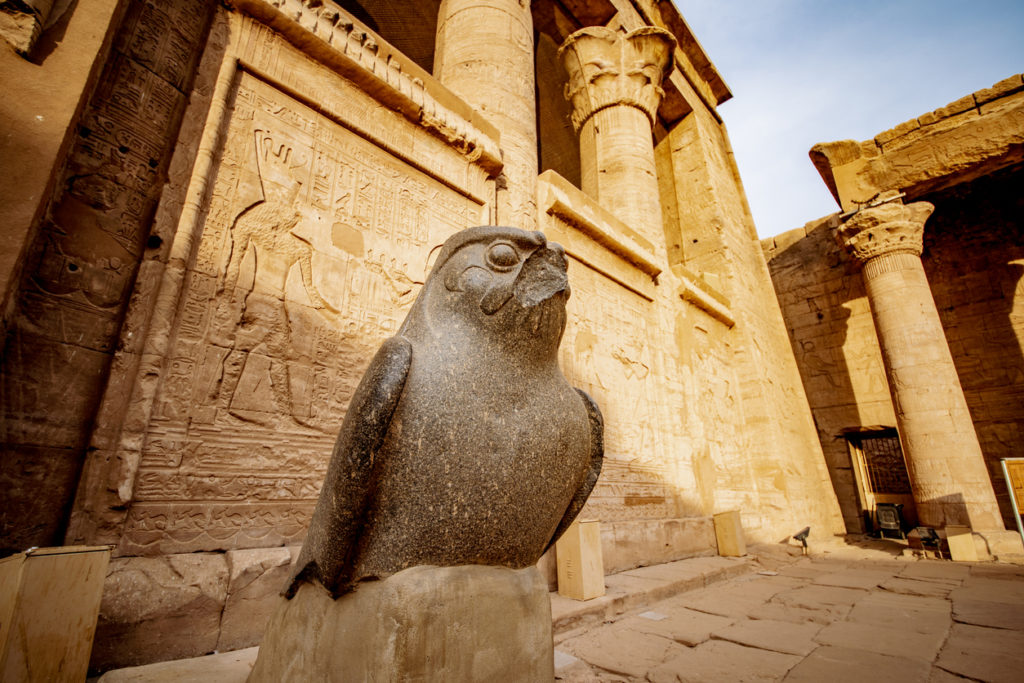
A temple that mesmerizes its visitors from the first glance, the Temple of Horus houses impressive attractions, like a Nilometer, and beautiful bas-reliefs, such as the marriage of Hathor and Horus of Behdet and many battle scenes. The city of Edfu dates back to around 3000 BC when it was the cult center dedicated to the falcon god Horus of Behdet.
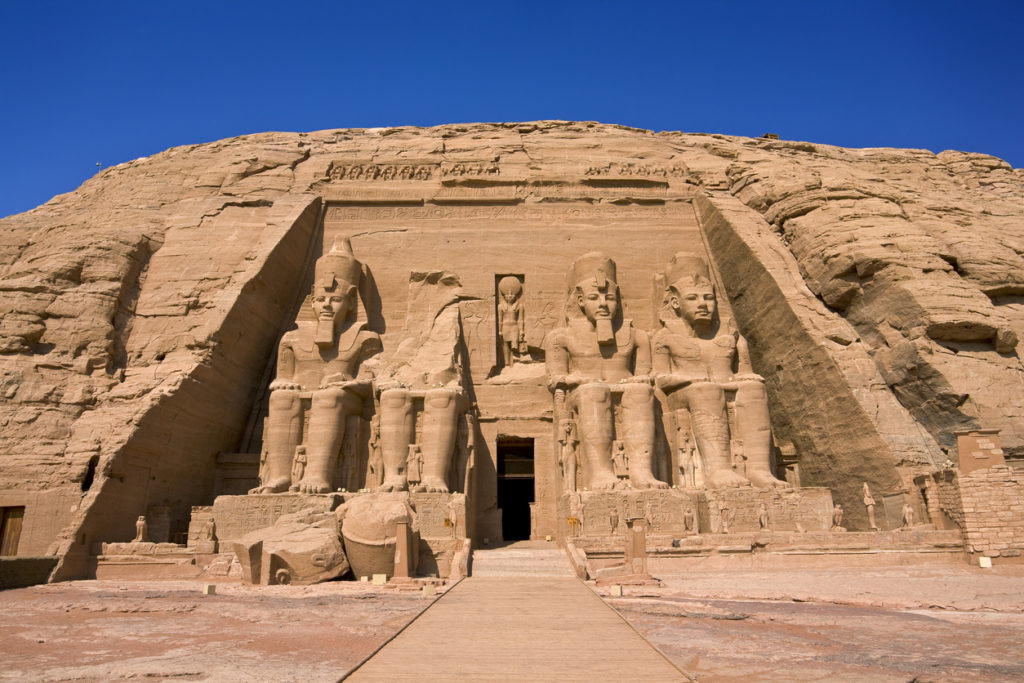
Great Temple of Ramses II, Abu Simbel
Not many plan a trip to Abu Simbel, but it’s their loss! This little town that relies mainly on tourism is home to a gargantuan temple dedicated to Ramses II. The temple awaits on the banks of Lake Nasser and unveils itself in all its splendor as a gigantic rock temple at the end of a 300-meter concrete path. This amazing structure appears like a giant sculpture carved out of the mountain and tells stories dating back to 1274 BC. The temple was dedicated to Ramses II, as well as to Amun, Ptah, and Ra-Horakhty.
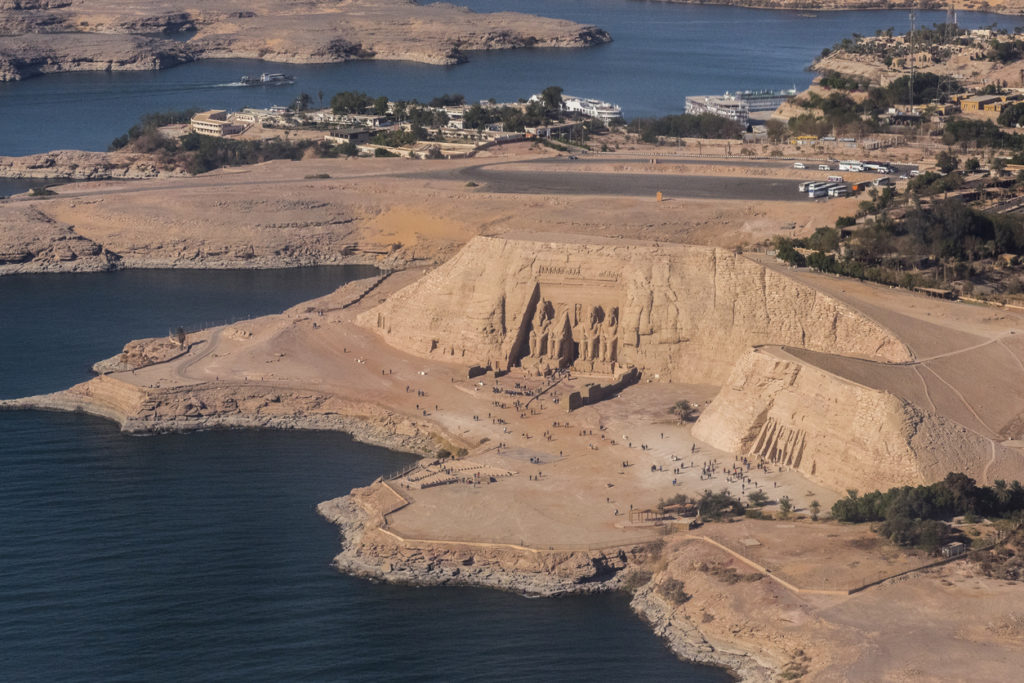
Guarded by four giant statues of the pharaoh, the temple hypnotizes with its grandeur and robustness. The temple’s interior is overwhelming due to its size and impresses with massive pillars and bas-reliefs. Next to the temple of Ramses II, you’ll discover a smaller temple dedicated to his chief-wife, Queen Nefertari, and goddess Hathor. This temple is a rather remarkable presence since it was only the second temple dedicated to a queen.
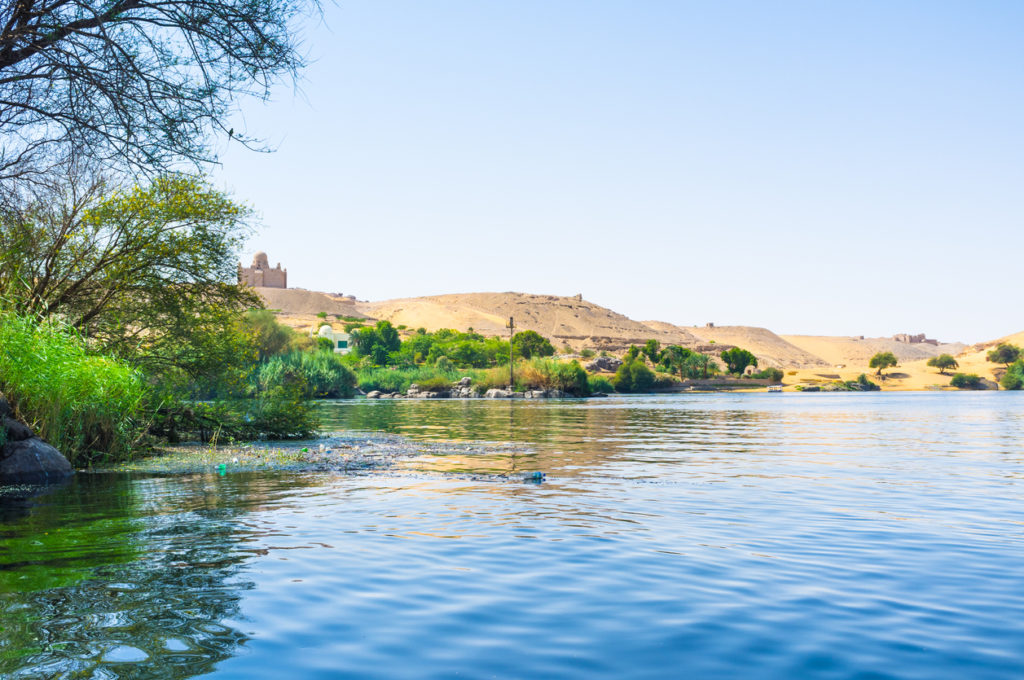
Nubia Museum, Aswan
Often overlooked by tourists, the little Nubia Museum houses within its walls a plethora of historical treasures. A real treat for history aficionados, this museum is an ode to the history of the region beneath Lake Nasser that has been lost to the construction of the Aswan Dam. Make sure this is on your list to see when you come and explore the southern Nile valley.
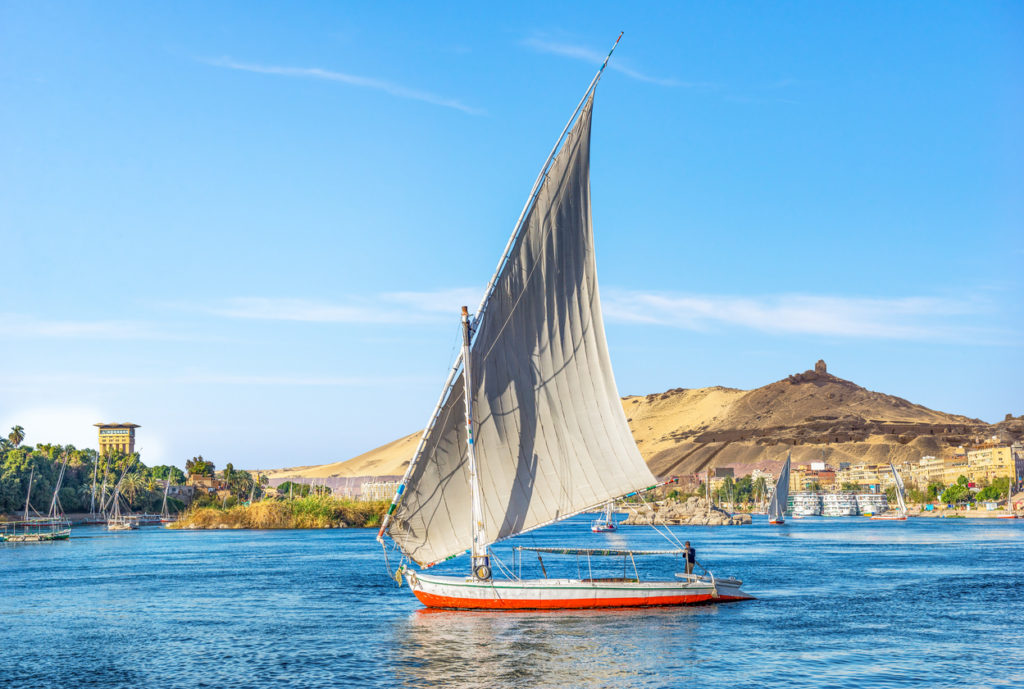
The displays date back from 4500 BC to present day and include prehistoric artifacts from the Kingdom of Kush (ancient Nubia), Coptic and Islamic art, old furniture and traditional silver jewelry. You’ll have the chance to admire 6000-year-old painted pottery, as well as photographs of the monuments that have been swallowed by the lake’s waters. Just behind the museum, you’ll find the fascinating brick mausoleums of the Fatimid cemetery.
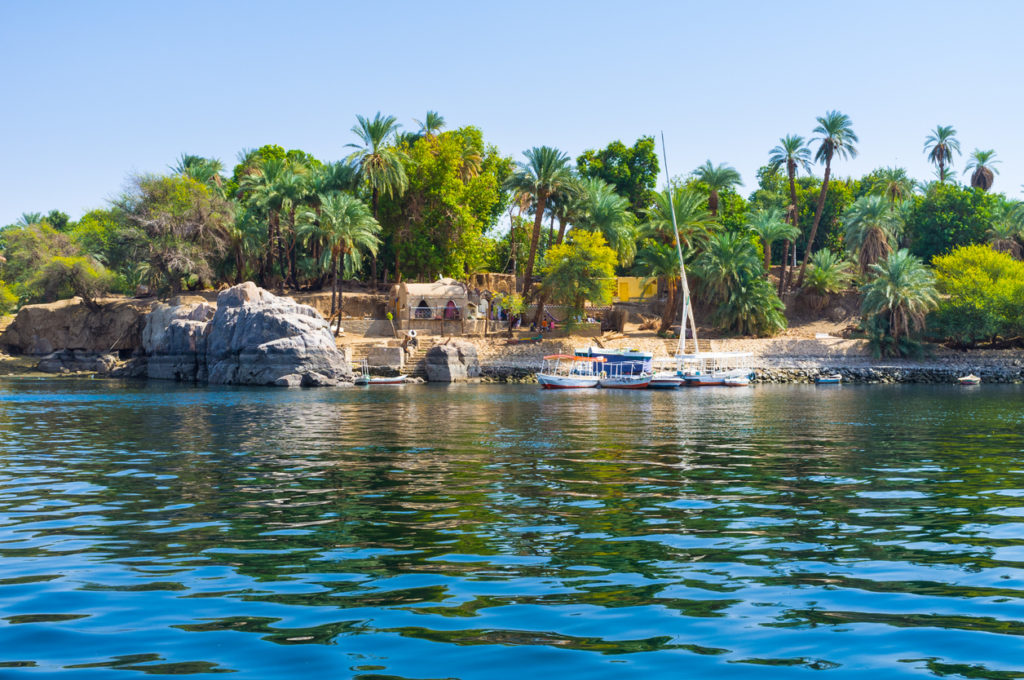
Elephantine Island
The largest island in the Nile, the Elephantine Island awaits opposite Aswan. The island is home to two charming traditional Nubian villages, Koti and Siou, adorned with bright wall paintings and tranquil streets where life happens out in the open, with children running around and adults chatting in front of their houses or their courtyards. The villages are inhabited by the descendants of the ancient population currently living in the area between Southern Egypt and Northern Sudan. Elephantine Island is also home to one of the best luxury hotels in Aswan, Mövenpick Resort Aswan.
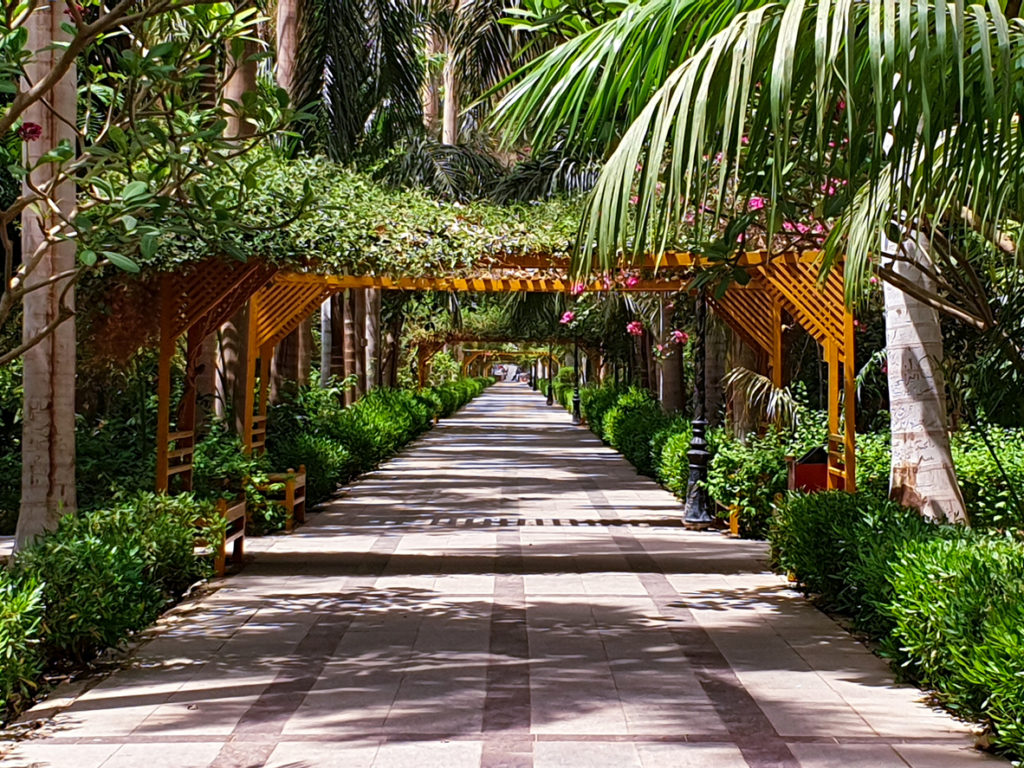
Aswan Botanical Gardens
West of Elephantine Island awaits Kitchener’s Island where you’ll find the gorgeous Aswan Botanical Gardens, the creation of Horatio Kitchener, a commander of the Egyptian army who received the island in the 1890s. Kitchener has taken his passion for exotic plants to the next level creating a wonderful green paradise. The botanical gardens are home to exotic plants from the Far East, Africa, and India, and visitors will have a chance to admire spectacular plants, like the Royal Palm, Phonic Pam tree, and Sabal Palm. The island is a lovely destination for picnics and afternoon walks too, and can be easily reached by water from the Aswan Pier.
If you do any travel planning this next year then make sure you place some time to come and explore the southern Nile valley in Egypt.

